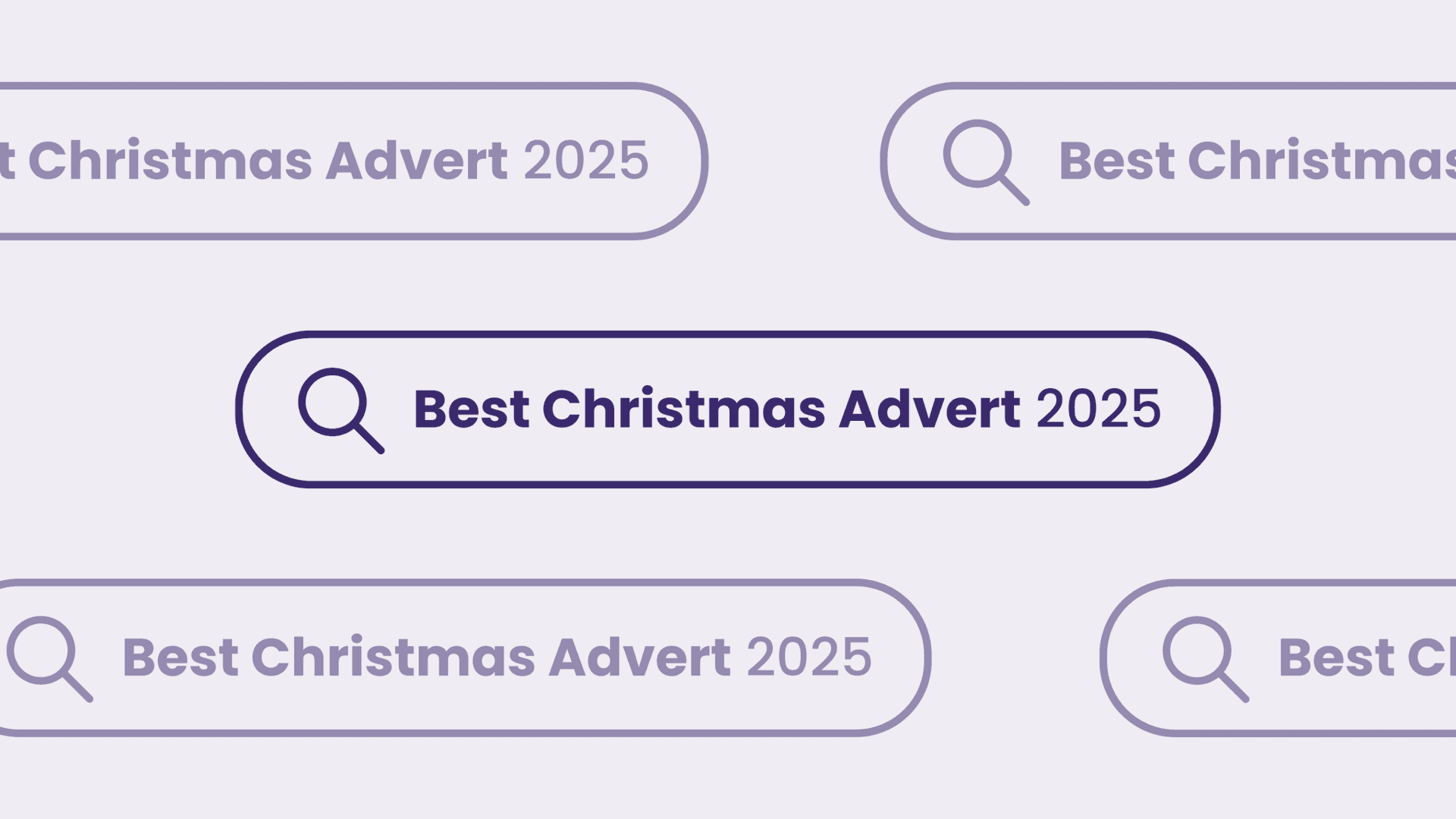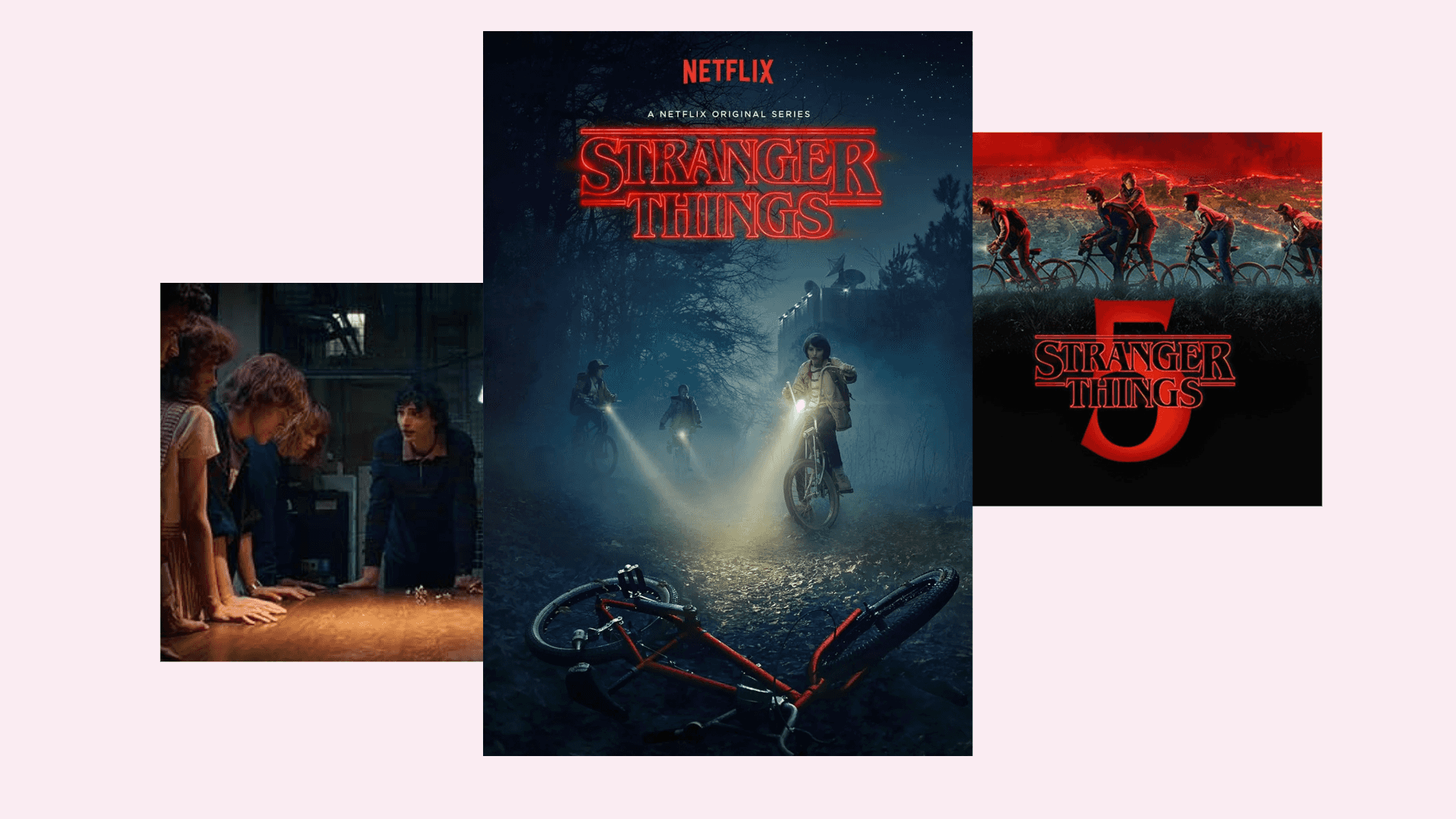
How To Develop Best Practice Landing Pages That Convert
Written by Chris
Your landing page plays a big part in the success of your inbound marketing, and also fits with inbound methodology. As WSI reports, around 68% of B2B businesses opt to use landing pages as a way of generating new leads for future conversions. In a nutshell, a landing page is any kind of web page that a consumer can land on – commonly, this can be your home page as it will often be the first result in a Google search or when a URL is inputted directly. However, it can also be any other page that has a singular focus.
As Marketing Experiments identified, only 48% of marketing campaigns have a new landing page built for them. However, this number ought to be higher. The reality is that often people don’t realise how valuable landing pages can be, especially because they don’t recognise what best practice looks like for a landing page.
Ultimately, the focus should always be on converting the person viewing the page into a sales lead, and then from there into a customer, and a returning one at that. There are some quick wins that you can introduce to create landing pages that convert. These include having a primary heading on your landing page that matches whatever advertisement would have directed the visitor to your site. It should feel cohesive, otherwise, they may feel misled. If you have offered them a discount in an advertisement or social post, ensure the landing page correlates with this. It will help to add validity, credibility and trust.
There should be a very clear purpose to your landing page – anything too broad will feel overly complicated. It should very directly point towards what you expect of the visitor – e.g. sign up to our newsletter, subscribe to our weekly offers, set up your account with us, buy this product now, take advantage of our summer sale, visit our store today, and so forth. The whole page should all feel aligned, both in the topics and goal, but also in the way it is designed throughout, and in how it matches your business branding. Edit out any unnecessary content – it’s just waffle. Keep it strictly limited to the most important points.
It’s also important for your landing page to have various clear calls to action throughout. At least one of these should be positioned above the fold (in the first half of the page where you can see all the screen before needing to scroll down) and should be large. Having directional cues, such as arrows or people looking towards a button, can help to direct a user’s attention towards what you want from them.
Using video on your landing page has been found to improve your conversion rate by up to 80%. That’s pretty impressive! It also adds a personal touch that helps people connect with your business, and gives you an opportunity to succinctly tell them more about your products or services without much effort on their part.
To instil trust in your landing page, making use of written testimonials for your product or service can be hugely beneficial. It shows that other customers have been happy to buy from you, and adds credibility too. You can also support this by offering a free trial or assessment depending on your business – if you believe in what you’re doing enough to let them be tempted in, they will feel less forced into making any make-or-break decisions rashly without any prior research or thought. You can add to this sense of support by making it clear you offer a guarantee or tangible advice along with your service. This again makes it feel less like the customer is having to take a risk.
If you still need inspiration on best practices for landing pages, HubSpot have pulled together some great examples here: https://blog.hubspot.com/marketing/landing-page-examples-list
Want to discover more digital marketing tips and tricks? Why not sign up to our mailing list for all the latest insights from Flaunt Digital?





